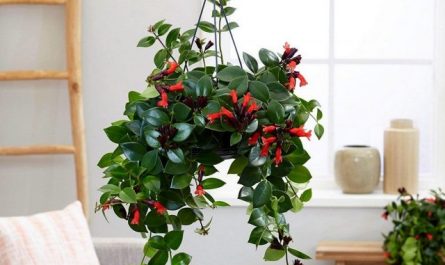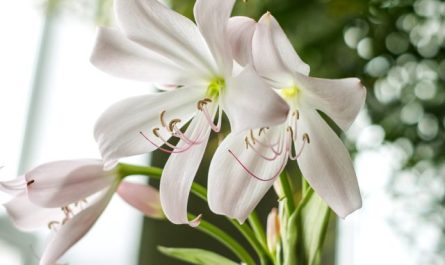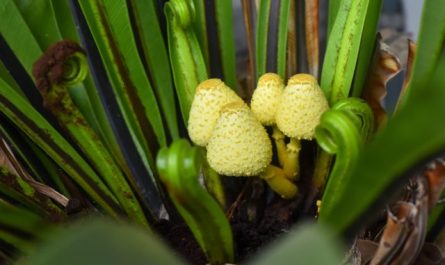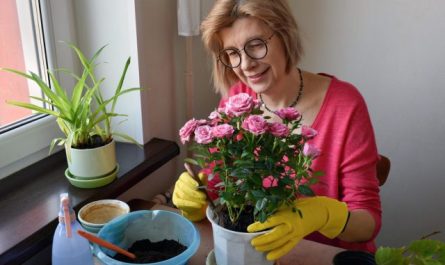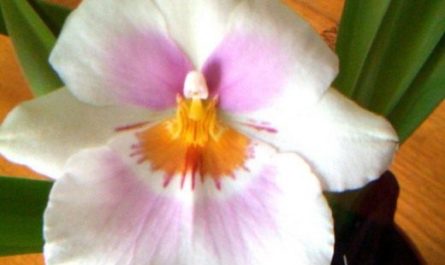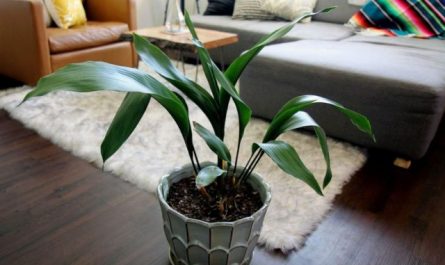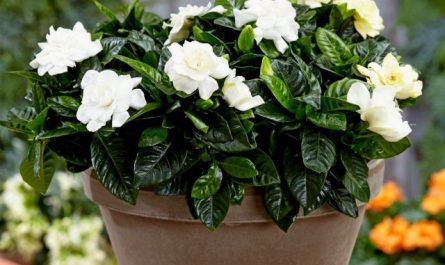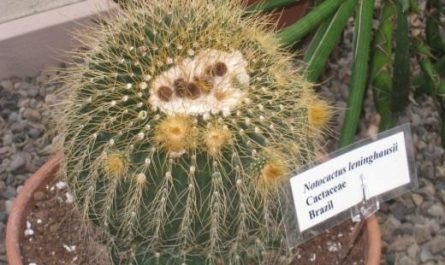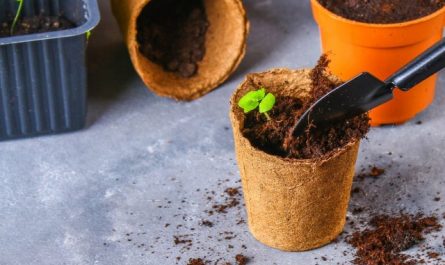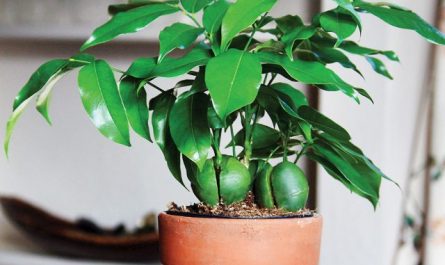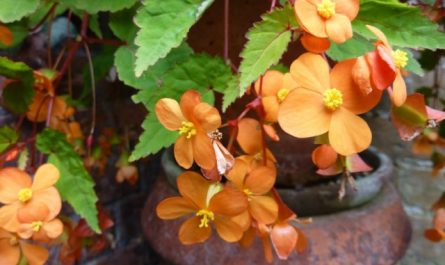Philodendrons are special plants, both in the beauty of their rich green, shiny, often carved leaves, and in their character. It is very difficult to find a plant that is so suitable for indoor use. Philodendrons love careful care and demonstrate all their qualities only under ideal conditions. Although there are several secrets and rules for growing philodendrons, they will easily become a friendly, durable addition to a collection, perform the function of dividing space and creating large green accents.

If we put together all the requirements of philodendrons for care and conditions, then it would be more correct to classify them not as easy-to-grow plants, but as crops of medium complexity of agricultural technology. But for gardeners who are looking for large plants that combine a very beautiful appearance with resistance, capable of being satisfied with standard care and not requiring constant care, philodendrons are one of the leaders among indoor giants.
Growing philodendrons is not difficult. The main thing is to remember the minimum acceptable requirements and preferences of the plant, constantly monitor its condition, the degree of drying of the soil. But there are also rules that will help to avoid mistakes and preserve the beauty and health of philodendrons for many years.
Secret #1. Individual approach
The main and perhaps the most correct advice that can be given (and received) when buying a philodendron is to study all the features of a particular species and even variety. After all, individual varieties of these plants can be more resilient than other varieties. And the “spread” in requirements for growing conditions and care for different types of philodendrons can be very large. Some plants are better adapted to a room environment or certain places than others.
So, shade tolerance is an excellent characteristic of the variety. Philodendron ivy-leaved (Philodendron hederaceum) – climbing philodendron (Philodendron hederaceum there. ivy), which can be used for full-fledged greening in the back of the room. It can be accompanied by Philodendron blushing (philodendron red), but other species grow better in diffused light and in partial shade.
Philodendron bipinnate (Philodendron bipinnatifidum) — with its almost meter-long beautifully cut leaves — is not the best candidate for small rooms and apartments. In any case, when buying, it is worth checking how demanding your philodendron is to air humidity, what maximum sizes it can reach, how easy it is to control. Such a check will save you from dozens of problems.



Secret #2: Philodendron’s shade tolerance has limits
If your philodendron does not belong to shade-loving species and varieties that can tolerate poorer lighting, it is worth considering the philodendron as a plant that needs good lighting. It is in such places that most species of these plants reveal their beauty best. Direct sunlight is contraindicated for any philodendron, but shading can only be light. When choosing a place for the philodendron in the room, try not to move too far from the window and stay within the boundaries of locations with good lighting.
Secret #3. Artificial lighting and natural light for philodendron
Philodendrons are unique plants. They can grow in completely artificial light as well as on a suitable windowsill. There is no need to be afraid of additional lighting. It is better to use this property for landscaping in places where the light is almost always on, but there is no source of natural light. In the hallway, bathroom, foyer, offices, passages between rooms, philodendrons will open up good design prospects for you.
Secret #4: Add a couple of degrees to the minimum temperature
In recommendations for growing philodendrons, you can often find a minimum allowable temperature of 13 degrees. It is better not to let the situation drop to such a level. Limit the temperature range in winter to only 16 degrees. And then you will prevent most of the problems and difficulties that may arise in growing philodendrons.
As for the air temperature from spring to autumn, the room values will be comfortable for philodendrons (from 20 to 25 degrees). But higher values are not. In order for philodendrons to maintain high decorativeness in the heat, you will have to make an effort to control more abundant watering and increased air humidity. But the main thing is to protect the plants from temperature changes. Do not place any heating devices near philodendrons, protect plants from air conditioners and even ventilation in cold weather.
By simply stabilizing the temperature and monitoring the minimum indicators, you guarantee that the leaves on your philodendron will not become smaller, and growth and development will occur evenly.

Secret #5. “No” to flying on the balcony
Despite the fact that many indoor vines become even more beautiful after a summer spent in the fresh air, do not rush to attribute philodendron to such crops. Even climbing philodendrons do not like to be moved under the open sky or to the balcony, to say nothing of giants. The whole point is that philodendrons do not tolerate drafts at all. And in the fresh air they will be constant even in the most protected places.
Secret #6. Stable soil moisture for philodendron at any time of the year
The substrate for any philodendron, regardless of the species, should always be slightly damp. Stable, constant soil moisture is the main guarantee that the plant will not give you any unpleasant surprises. The main rule for watering philodendrons is: the next watering is carried out after 1-2 cm of the substrate at the top of the pot dries out. And this rule is relevant for both summer and winter. But since the rate of drying (and consumption of moisture by the plant) will be different, the frequency of watering will change significantly.
Make it a rule to water the philodendron less abundantly in the cold season, use less water compared to summer and the active growth phase of the plant. Water from the trays is always drained immediately after watering.

Secret #7. Humidification of support and air
Most indoor philodendrons are vines. And to grow them successfully, you should not forget to moisten the supports (if, of course, you use a support that is common for these plants, covered with moss or a synthetic substitute). The support should never dry out completely.
But these are not all the measures for humidification: philodendrons also like high air humidity, so additional measures need to be taken for the plant. Spraying is not the best option. For philodendrons, it is better to choose a simple method with a “homemade” or home humidifier – placing stands or trays with moisture-retaining materials.
Don’t forget to wipe the leaves from dust – any philodendron will respond to such care with a brighter color.
Secret #8: Don’t rush to replant your philodendron
Philodendrons are among those indoor plants that do not need to be replanted annually, even at a fairly young age. The growth rate of the above-ground parts does not always correspond to the growth of the rhizome. Increasing the size of the pot during replanting by 3-4 cm ensures that the philodendron will only need to be replanted after a year. And older plants can be replanted once every 1 years.
The optimal period is not February – early March, but the end of March – early April. When replanting, carefully monitor that the depth level remains the same and lay new drainage. And for climbing philodendrons, any replanting is completed with a very simple procedure – pinching the ends of all elongated or simply too long shoots.
In years when Philodendron is not repotted, replace about 5 cm of the top of the substrate.
When choosing a substrate for philodendron, give preference to special mixtures for decorative foliage crops. Other slightly acidic or neutral, coarse-grained, light, nutritious and loose soil mixtures are also suitable.

Secret #9: Be careful when fertilizing your Philodendron
Philodendrons are fertilized both frequently and over a long period. Fertilizers for this plant are given every 2 weeks, from March to September. But if philodendrons are replanted, then fertilization is not given for another 4-6 weeks after the procedure. The first fertilization is given at a dose reduced by half, and then, before resuming the normal schedule of these procedures, another pause of one month is taken. To find the ideal schedule, you need to monitor the plant.
With a lack of fertilizers, the philodendron becomes smaller, the leaves turn yellow and dry out, growth is clearly slowed down, the trunk is thinner than usual. With overfeeding, the tips of the leaves turn yellow and brown, the leaves become flaccid and lose elasticity. Excess nitrogen is especially dangerous for philodendron, causing rapid growth (accordingly, and vice versa, if you reduce nitrogen fertilizing, the plants can be controlled in growth).
When choosing fertilizers for philodendrons, do not be deceived by the beauty of their leaves: for this plant, complex universal fertilizers are better suited than fertilizers for decorative foliage crops.
But the main rule of fertilizing philodendron concerns the procedure itself: always feed the philodendron after abundant watering. This is the only way to protect the plant from high salt concentrations and the only way to feed the philodendron so that it does not perceive the fertilizing procedure as excess fertilizer in the soil.
Secret #10: Problems are always visible on the leaves of the philodendron
If you water or overfeed your philodendron incorrectly, don’t take measures to moisturize it, or select the wrong conditions (including lighting), your mistakes can lead to health problems for the plant. They always manifest themselves in the same way for philodendrons – on the leaves. Wilting, discoloration, or other damage in the form of yellowing or drying out, rotting, and color changes are signs that you’ve made a mistake. And it’s time to analyze your care and make adjustments.
Secret #11: Beware of Black Spots on Philodendron Leaves
Inspection of the plant and constant monitoring of its condition should, among other things, include constant inspection of the back of the philodendron leaves. And if during monitoring you find black spots, try to immediately analyze the possible cause and take action. Several reasons can lead to the appearance of black spots:
- excess moisture;
- infestation with mites or aphids;
- sooty mold infestation.
If you have made mistakes with watering the philodendron and other measures, simply adjust the care, but insecticides and acaricides will help fight pests.

Secret #12: Choose the cuttings method to propagate philodendron
Rooting apical cuttings or stem parts with side shoots is the easiest way to get a new philodendron. With the second method of cutting, make sure that leaves develop on the side branches. With the first, do not cut short cuttings, but tops 12-15 cm long. In any case, it is better to root cuttings in wet peat or peat substrate in greenhouse conditions and with very strict temperature control: the permissible range is from 20 to 22 degrees.
